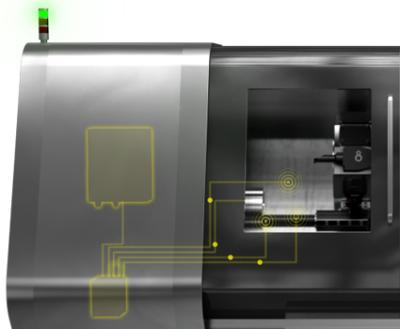
Sandvik Coromant Co. says the CoroPlus Collision detector is a reliable solution that will help you avoid or minimize machine tool and workpiece damage in case of a collision. The solution is installed inside the machine tool, connected to the PLC (programmable logic controller) and will detect a collision and stop the machine within 5 milliseconds.
Applications:
The collision detector is available for both new investments and existing machine tools:
- Turning
- Milling
- Drilling
- Multitask machine tools
Key benefits:
- Less unplanned machine downtime
- Reduced cost per piece
- Consistent quality of the component produced
- Reduced total cost of ownership
Contact Details
Related Glossary Terms
- gang cutting ( milling)
gang cutting ( milling)
Machining with several cutters mounted on a single arbor, generally for simultaneous cutting.
- milling
milling
Machining operation in which metal or other material is removed by applying power to a rotating cutter. In vertical milling, the cutting tool is mounted vertically on the spindle. In horizontal milling, the cutting tool is mounted horizontally, either directly on the spindle or on an arbor. Horizontal milling is further broken down into conventional milling, where the cutter rotates opposite the direction of feed, or “up” into the workpiece; and climb milling, where the cutter rotates in the direction of feed, or “down” into the workpiece. Milling operations include plane or surface milling, endmilling, facemilling, angle milling, form milling and profiling.
- turning
turning
Workpiece is held in a chuck, mounted on a face plate or secured between centers and rotated while a cutting tool, normally a single-point tool, is fed into it along its periphery or across its end or face. Takes the form of straight turning (cutting along the periphery of the workpiece); taper turning (creating a taper); step turning (turning different-size diameters on the same work); chamfering (beveling an edge or shoulder); facing (cutting on an end); turning threads (usually external but can be internal); roughing (high-volume metal removal); and finishing (final light cuts). Performed on lathes, turning centers, chucking machines, automatic screw machines and similar machines.

